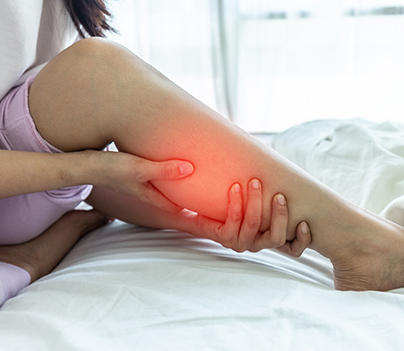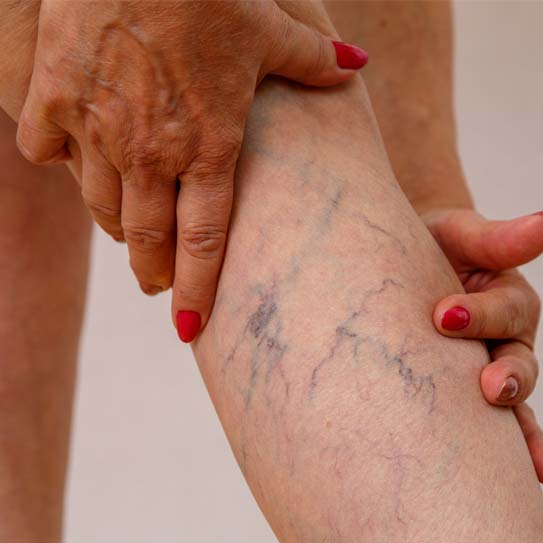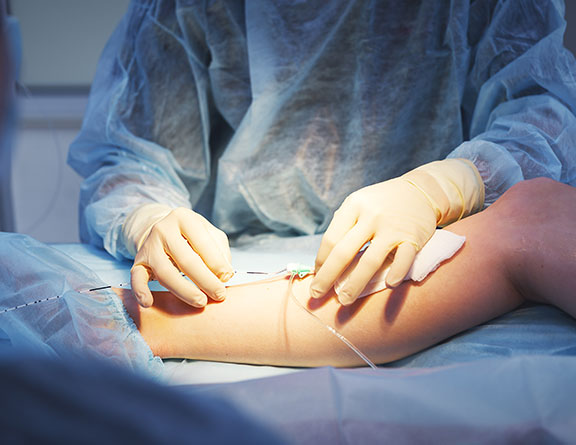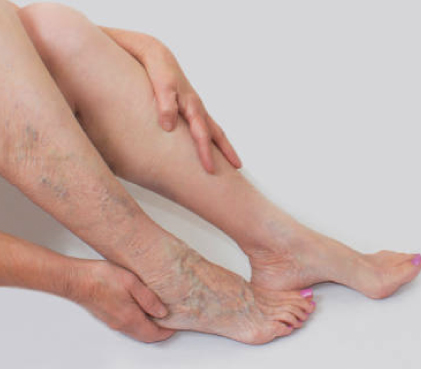
The doctor will check the lipoma physically at the initial visit. The physician will determine if the skin-colored mass displays lipoma or liposarcoma (cancerous skin lumps) signs. It might be challenging to distinguish lipoma, liposarcoma, and other types of cysts based just on appearance.
So, the physician will touch the lipoma to feel for movement. The physician will also determine whether the lipoma is hurting. Even while lipomas often don't hurt, they can develop over blood vessels and squeeze them, which can hurt and be uncomfortable.
The following questions will be posed by the doctor to the patient before lipoma surgery:

Is a hospital stay necessary following lipoma surgery?
No, surgery to remove lipomas is often done as an outpatient. Hospitalisation is thus not necessary. On the same day that they are discharged, patients.
Is the lipoma removal scar extremely large?
No, the lipoma removal surgical scar is typically only a thin line. It is a minimally invasive treatment. Thus, there won't be much scarring either. After a few months, the scar will vanish as the skin recovers.
Do I have to miss work in order to have lipoma surgery?
The doctor can advise you to skip at least one day of work so you can get the surgery. You'll probably be released the same day. You will, however, require at least one day of total bed rest. The next day, you can resume routine activities.
Can several lipomas be taken out at once?
Yes, it is possible to remove many lipomas at once. However, if there are more than five lipomas, the surgeon can advise removing the remaining ones in a second procedure. This is done to make sure there are no issues before, during, or after the removal.

Also known as endovenous laser treatment or EVLA, this is a minimally invasive ultrasound-guided procedure that involves the use of ultrasound images and laser fiber in order to kill the delicate lining of the veins. After a few days following the procedure, the body absorbs the dead tissues, closing off the abnormal veins with minimal or no discomfort. This is one of the most commonly preferred methods as it involves far fewer complications, and the recovery time, as well as the success rate of this method, is much faster and higher than that of any surgical process.

Also known as endovenous laser treatment or EVLA, this is a minimally invasive ultrasound-guided procedure that involves the use of ultrasound images and laser fiber in order to kill the delicate lining of the veins. After a few days following the procedure, the body absorbs the dead tissues, closing off the abnormal veins with minimal or no discomfort. This is one of the most commonly preferred methods as it involves far fewer complications, and the recovery time, as well as the success rate of this method, is much faster and higher than that of any surgical process.

Also known as endovenous laser treatment or EVLA, this is a minimally invasive ultrasound-guided procedure that involves the use of ultrasound images and laser fiber in order to kill the delicate lining of the veins. After a few days following the procedure, the body absorbs the dead tissues, closing off the abnormal veins with minimal or no discomfort. This is one of the most commonly preferred methods as it involves far fewer complications, and the recovery time, as well as the success rate of this method, is much faster and higher than that of any surgical process.